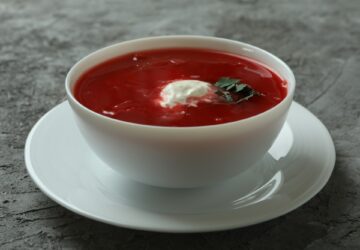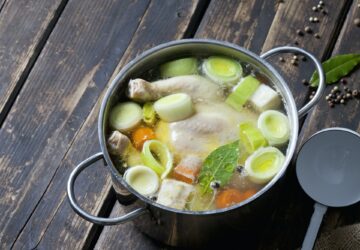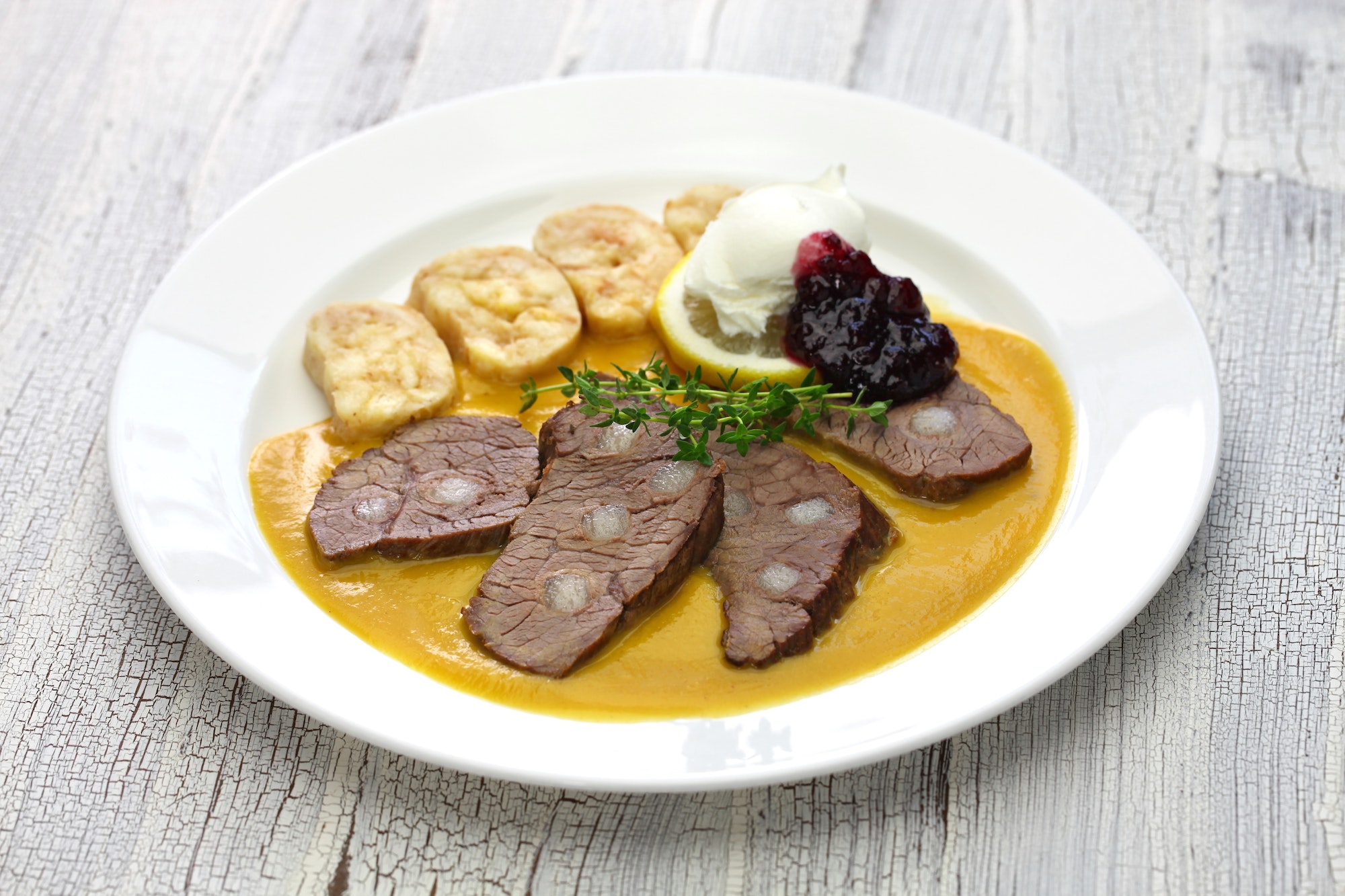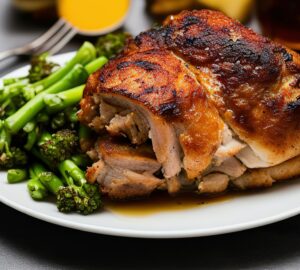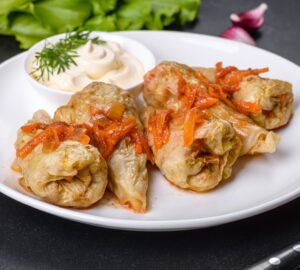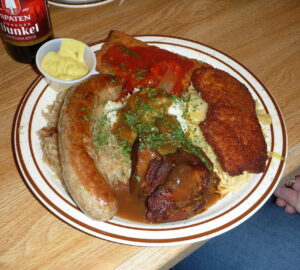Czech cuisine may not be as internationally renowned as its European counterparts like French or Italian, but this Central European country has a rich culinary heritage worth exploring. Rooted in agricultural traditions and influenced by the surrounding countries, Czech food is characterized by its hearty, comforting nature and robust flavors. In this article, we will take a comprehensive look at Czech cuisine, delving into its history, ingredients, traditional dishes, and dining culture of the Czech Republic.
A Brief History of Czech Cuisine
The history of Czech cuisine dates back to the medieval period, with a focus on grains, dairy, and seasonal produce. The Czech Republic’s location in the heart of Europe led to a convergence of culinary influences from surrounding countries like Germany, Austria, Hungary, and Poland. The Austro-Hungarian Empire played a particularly significant role in shaping Czech cuisine, introducing dishes and ingredients that are still popular today.
Over the centuries, Czech food has evolved to incorporate new ingredients and techniques while maintaining its traditional character. The 20th century saw a decline in the quality and diversity of Czech cuisine due to the influence of the Soviet regime. However, following the Velvet Revolution in 1989, the Czech culinary scene experienced a renaissance, with a renewed focus on local ingredients and traditional dishes.
Essential Ingredients in Czech Cuisine
Czech cuisine relies heavily on staples such as potatoes, cabbage, pork, and wheat. These humble ingredients form the foundation of many traditional dishes and are often combined with rich sauces and seasonings to create satisfying meals. Here are some of the key ingredients in Czech cuisine:
- Potatoes: A versatile staple in Czech cooking, potatoes are used in various dishes, from soups and stews to dumplings and pancakes.
- Cabbage: Both fresh and fermented (sauerkraut) cabbage feature prominently in Czech cuisine, used in salads, soups, and side dishes.
- Pork: The most common meat in Czech cooking, pork is used in numerous dishes, including roast pork, sausages, and smoked meats.
- Wheat: Wheat flour is the primary ingredient in Czech bread and is also used in making dumplings, a popular side dish in Czech cuisine.
- Dairy: Dairy products such as cream, butter, and cheese play an essential role in enriching Czech dishes and creating rich, creamy sauces.
- Caraway seeds: A popular seasoning in Czech cuisine, caraway seeds are used to flavor bread, soups, and meat dishes.
- Paprika: A staple spice in Czech cooking, paprika is often used to add color and flavor to meat dishes and sauces.
Traditional Czech Dishes
The hearty nature of Czech cuisine is evident in its traditional dishes, which often feature meat, potatoes, and cabbage. Here are some of the most popular and beloved Czech dishes:
- Vepřo-knedlo-zelo: Considered the national dish of the Czech Republic, vepřo-knedlo-zelo consists of roast pork served with bread dumplings (knedlíky) and sauerkraut or fresh cabbage. The dish is typically accompanied by a rich gravy made from the pork’s juices and seasoned with caraway seeds and garlic.
- Svíčková: A classic Czech dish, svíčková is a marinated beef sirloin served with a creamy vegetable sauce made from root vegetables, cream, and spices. The dish is typically accompanied by bread dumplings and a dollop of cranberry sauce.
- Goulash: While it originated in Hungary, goulash has become a popular dish in Czech cuisine. Czech goulash is a thick stew made from slow-cooked beef, onions, paprika, and caraway seeds, served with bread dumplings or potatoes.
- Kulajda: A comforting soup made with mushrooms, potatoes, and cream, kulajda is a staple of Czech cuisine, particularly in the colder months. The soup is often garnished with a poached egg and dill.
- Smažený sýr: A popular street food, smažený sýr is a fried cheese sandwich made with Edam or Hermelín cheese, served with tartar sauce and a side of fries.
- Palačinky: Similar to French crepes, palačinky are thin pancakes typically filled with sweet or savory fillings like jam, Nutella, or ham and cheese.
- Trdelník: A sweet pastry originating from the Moravian region of the Czech Republic, trdelník is made from rolled dough wrapped around a wooden spit, grilled over an open flame, and coated in sugar and cinnamon.
Dining Culture in the Czech Republic
Dining culture in the Czech Republic is characterized by its relaxed, informal atmosphere, where people gather to enjoy hearty food and drink with friends and family. The Czechs take their food seriously, and many traditional dishes require time and care to prepare properly. As a result, Czech meals tend to be leisurely affairs, with several courses and plenty of conversation.
Traditional Czech pubs, called hospodas, are a cornerstone of the Czech dining experience. These casual establishments serve beer and simple, hearty dishes like roast pork or goulash, often accompanied by bread dumplings or potatoes. Czech beer, particularly the Pilsner style, is world-famous and is often enjoyed with a meal or as a stand-alone drink.
Fine dining has also become more prevalent in recent years, with a growing number of Michelin-starred restaurants in the Czech Republic. These establishments offer contemporary twists on traditional Czech cuisine, using local ingredients to create innovative and sophisticated dishes.
Czech cuisine may not have the international recognition of its European counterparts, but it is a culinary journey worth exploring. Rooted in the country’s agricultural traditions and influenced by its neighbors, Czech food is hearty, comforting, and full of robust flavors. From the national dish of vepřo-knedlo-zelo to the comforting soup of kulajda, and the sweet treat of trdelník, Czech cuisine has something to offer everyone. Whether dining in a casual hospoda or a high-end restaurant, the Czech dining experience is characterized by its relaxed, convivial atmosphere and love of good food and drink.
